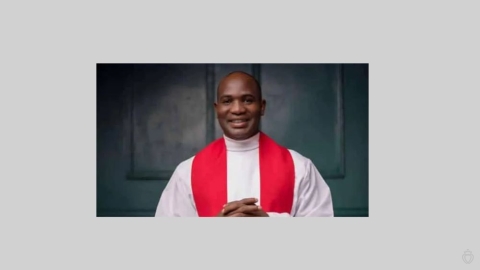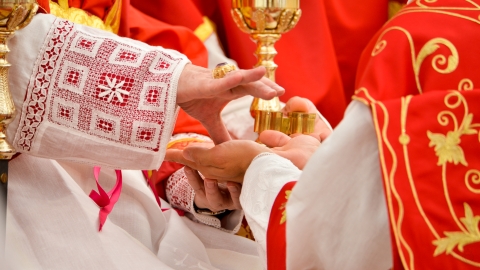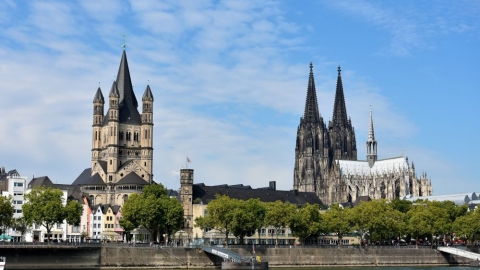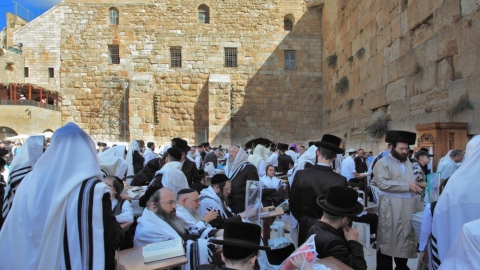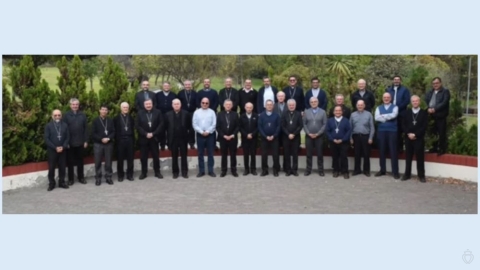In Rome, the First Known Nativity Scene Figures Are Exhibited

The earliest known Nativity figures are currently being exhibited in one of the oldest Roman basilicas. Struck by the example of his order’s founder, known for having “invented” the first living Nativity scene in the Middle Ages, the first Franciscan pope in history in the 13th century ordered the figures to be made.
The underground Chapel of the Nativity in the Basilica of St. Mary Major once housed a set of several statues representing the birth of the Saviour, all of marble, sculpted by the artist Arnolfo di Cambio, dating from the end of the 13th century.
The faithful can now meditate in front of the venerable figurines which have been placed higher up, in full view, in the Sistine Chapel of the Marian basilica, located to the right of the main altar.
The stantons or figures were commissioned in 1292 by Pope Nicholas IV – the first Franciscan pope in history – as a filial testimony to St. Francis of Assisi, the inventor of the first living Nativity scene, a few decades earlier.
It is therefore probably in front of this first known nativity scene that St. Gaëtan de Thiène benefited from an apparition of the Child Jesus in the Chapel of the Nativity during Christmas night in 1517, and it is in front of it that St. Ignatius of Loyola chose to offer his first Mass in 1538.
We do not know how many santons in total made up the nativity scene commissioned by Nicolas IV, but the figures that we venerate today – those of St. Joseph, the Three Kings, the ox, and the donkey – are part of the original set, according to Sante Guido, art historian and professor at the Pontifical Gregorian University.
For its part, the santon representing the Virgin Mary carrying the Infant Jesus underwent a major restoration at the end of the 16th century, specifies the art historian, who underlines that it is not the first depiction of the birth of Christ in Christian history, but of the first manger scene in the form we know today.
St. Francis of Assisi is the first to come up with the living nativity scene. After being impressed by his visit to the Basilica of the Nativity in Bethlehem, the Poverello resolved to introduce the scene depicting the birth of Christ to the West, since after the failure of the Fifth Crusade, the Holy Land was no longer accessible to pilgrims.
To do this, he used a manger filled with hay, a live donkey and ox, placed in a cave called “Chapel of the Nativity,” in Greccio, where the Friars Minor had established a hermitage clinging to a mountainside.
Thomas de Celano, the saint's first biographer, even reports that Francis was seen one day, while he was preaching during Midnight Mass, leaning towards the manger and taking a miraculously appeared Infant Jesus in his arms.
(Source : Catholic News Agency – FSSPX.Actualités)
Illustration : © CNA
